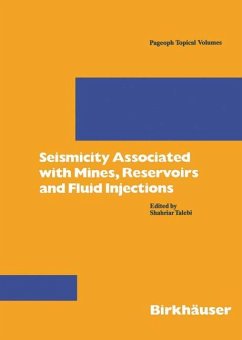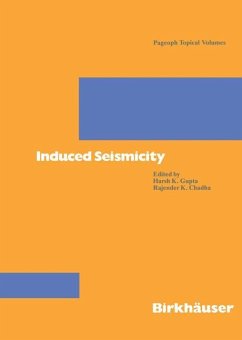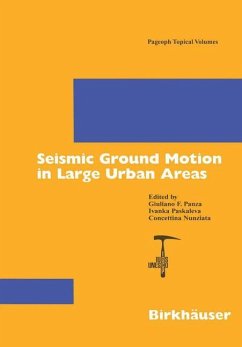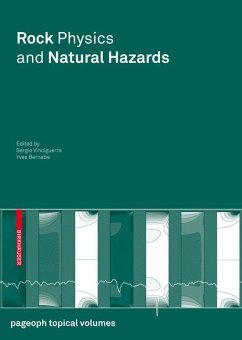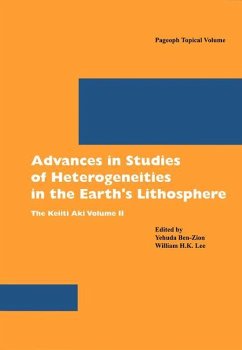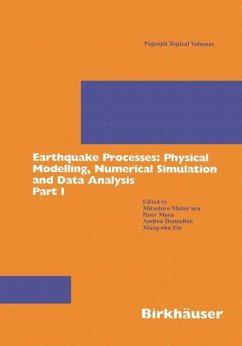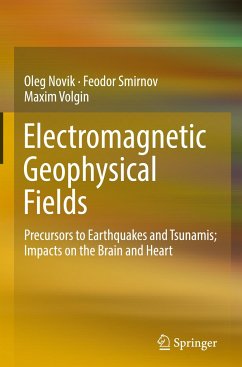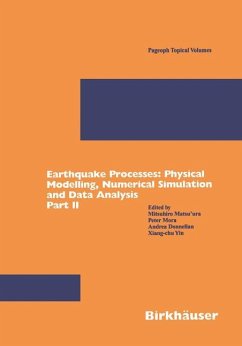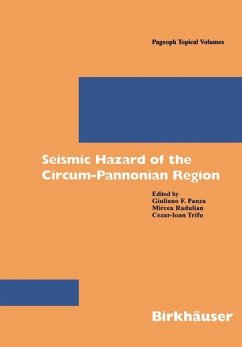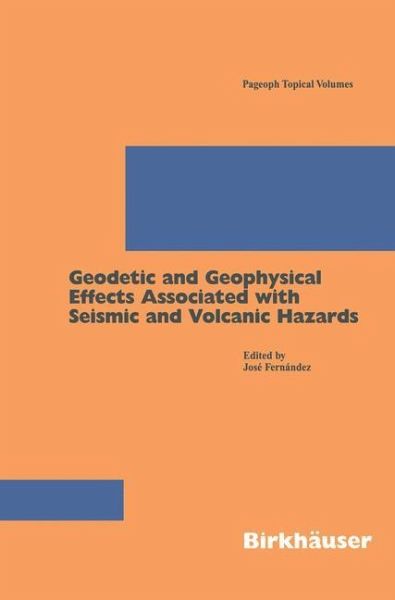
Geodetic And Geophysical Effects Associated With Seismic And Volcanic Hazards

PAYBACK Punkte
20 °P sammeln!
The topics included in this issue deal with many aspects of volcanic and seismic activity, two of the natural hazards of geological origin that have the greatest impact and pose the predominant risk to society. This book comprises eighteen papers, most of which were presented at an international seminar organized and held at the Complutense University of Madrid in October 2001. The papers address geodetic, geophysical and geochemical effects caused by seismic and volcanic activity; monitoring of volcanic and seismic processes using space and terrestrial techniques; complementarity of these techniques; theoretical modelling of volcanic and seismic processes; inverse problem; interpretation of observations; hazards; seismicity patterns and application.
Although geodetic monitoring techniques have been widely used in areas of seismic or volcanic activity, the difficulty inherent to their discrete nature means that they must be deployed carefully to ensure the best possible detection or sensitivity of these points (see e. g. , BALDI and UNGUENDOLI, 1987; JOHNSON and WYATT, 1994; SEGALL and MATTHEWS, 1997; Yu et al. , 2000). In many cases, a more global monitoring method, is required yet at the same time one that offers the highest level of sensitivity which enables detection of the phenomenon. Interferometry radar (InSAR) techniques have been shown to play an important role in seismic and volcanic monitoring because they cover large areas (100 x 100 km) and can be easily systematized in monitoring (see e. g. , MASSONNET and FEIGL, 1998; BDRGMANN et al. , 2000; MASSONNET and SIGMUNDSON, 2000; HANSSEN, 2001). The limitations inherent to the GPS and InSAR techniques (mainly observations at discrete surface points in the case of GPS and existence of non-coherent areas and the fact that, at present, the three displacement components cannot be obtained in SAR interferometry) can be overcome by using them together or other techniques (e. g. , PUGLISI and COLTELLI, 2001; RODRiGUEZ-VELASCO et al. , 2002; FERNANDEZ et al. , 2003).





